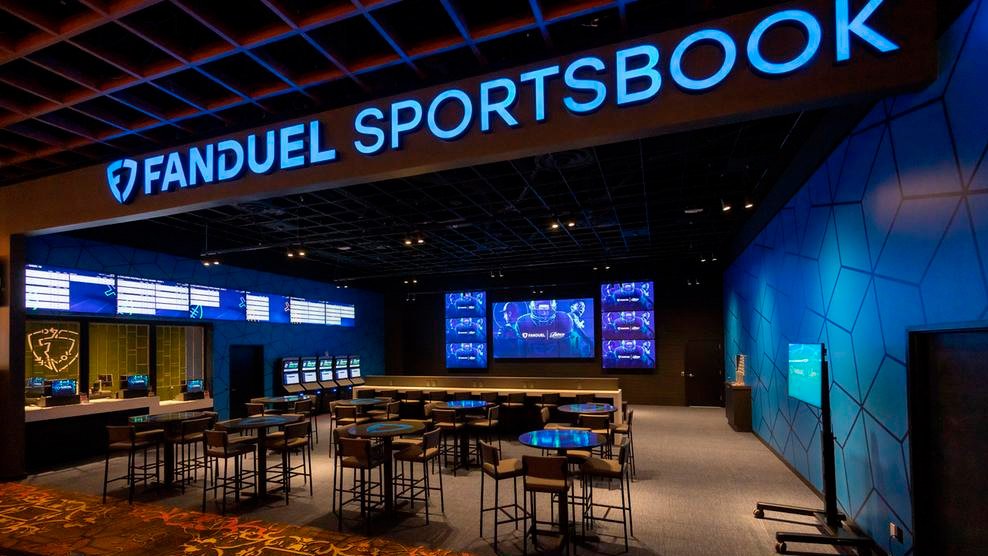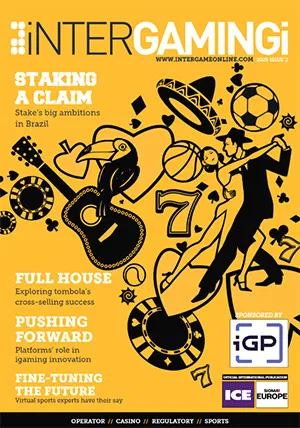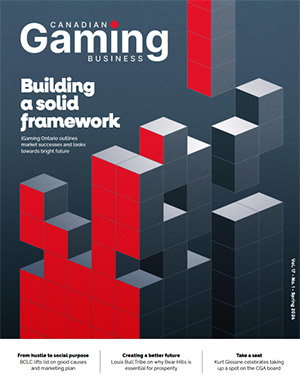Bally’s Q1 revenue declines as Queen Casino integration advances, and Chicago casino faces construction setback

Bally’s Corporation reported first-quarter revenue of $589.2 million for the period ending March 31, 2025, marking a 4.7% year-on-year decline despite integrating four new Queen Casino properties mid-quarter.
The financial update, which follows a series of transactions with Standard General and The Queen Casino & Entertainment, comes amid heightened investor scrutiny, unresolved regulatory issues in Chicago, and a deepening strategic stake in Australia’s Star Entertainment Group.
The revenue decline from $618.5 million in Q1 2024 was offset in part by a 2.6% increase in Casinos & Resorts revenue, which reached $351.2 million. Adjusted EBITDAR for the segment rose 6.3% to $95.1 million, driven by the addition of the Queen properties from February 8 onward.
Bally’s CEO Robeson Reeves said the integration expands the company’s scale and offers long-term growth opportunities through shared best practices and operating efficiencies.
Bally’s CEO Robeson Reeves
However, Bally’s continued to face challenges in key markets including Rhode Island, Atlantic City, and Chicago. While Reeves noted marketing efforts have helped mitigate traffic impacts in Rhode Island and operational adjustments are ongoing in Chicago’s temporary facility, Atlantic City’s performance is still under evaluation following recent leadership changes.
Interactive operations presented a mixed picture. International Interactive revenue dropped 18.3% year-on-year to $191.7 million, a decline attributed to the company’s divestiture of its Asia operations in late 2024.
Excluding the divested unit, revenue grew 7.7%, led by a 4.9% increase in the U.K. and gains in Spain following the easing of advertising restrictions. Still, adjusted EBITDAR for the segment fell 7.7% to $77.1 million.
In North America, interactive revenue climbed 12.5% to $44.5 million, driven by contributions from the Queen interactive business and increased activity in Rhode Island, where digital gaming has helped offset local disruptions.
Bally’s currently operates iGaming in four jurisdictions, New Jersey, Pennsylvania, Rhode Island, and Ontario, and offers its BallyBet sportsbook in 11 states. Despite growth in revenue, the segment posted a $16.5 million EBITDAR loss in Q1.
As of March 31, Bally’s held $209.7 million in cash and reported $3.43 billion in long-term net debt. Capital expenditures rose to $46.8 million from $28 million a year ago, while lease obligations also increased, largely due to the financing arrangement with Gaming and Leisure Properties, Inc. related to the permanent Chicago casino.
That project remains in flux. On May 2, the Illinois Gaming Board ordered a halt to construction after unapproved subcontractors linked to organized crime were reportedly found onsite.
Bally’s did not address the issue in its earnings release, offering only a brief note that construction continues with GLPI support. The company has also refiled a prospectus for a Chicago-based IPO to meet minority ownership requirements, after a previous plan was not approved by the SEC.
Further complicating its financial posture, Bally’s confirmed a scaled-back AUD $200 million ($129.43 million) investment in Star Entertainment Group, down from an original AUD $300 million ($194.14 million) after Star’s largest shareholder, Bruce Mathieson, committed AUD $100 million ($64.71 million) of his own.
Bally’s has so far funded AUD $67 million ($43.36 million) of its commitment. Upon full conversion, the investment could give Bally’s up to a 38% stake in the Australian gaming company.
Despite these strategic shifts, Bally’s again opted not to hold an investor earnings call, a pattern observed for the past three quarters. The company has cited various transactional and regulatory reasons in prior instances but did not provide an explanation for this quarter’s absence. Investors may look to the upcoming annual shareholder meeting on Thursday for further insight.
Bally’s stock closed at $11.21 on Monday, reflecting a year-to-date drop of over 42%. Fitch Ratings recently downgraded the company’s issuer default rating to B- with a negative outlook, citing elevated leverage and execution risk tied to major development projects and underperformance in its North American interactive division.

















































